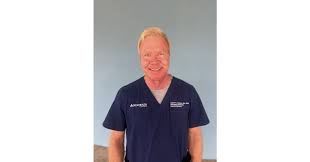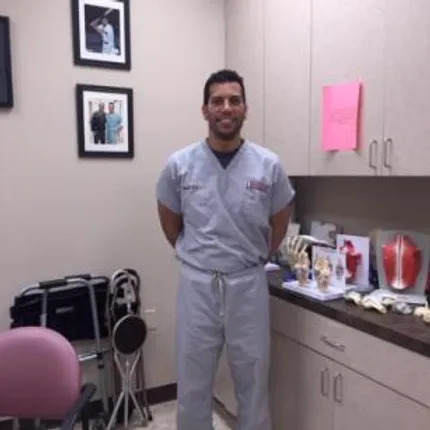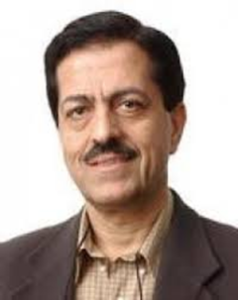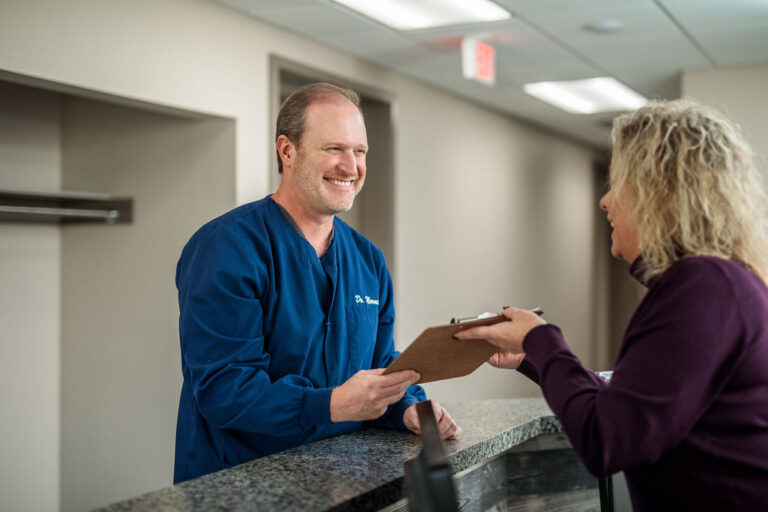Telemedicine is rapidly reshaping the way emergency care is delivered, offering a promising solution to some of the most pressing challenges in healthcare. Dr. Kerry Evans, an expert in emergency medicine, discusses the significant role telemedicine plays in enhancing emergency care, from improving accessibility to streamlining patient care and reducing strain on emergency departments.
Dr. Evans emphasizes that one of the most crucial benefits of telemedicine in emergency care is its ability to provide immediate access to healthcare, particularly in remote or underserved areas. Traditionally, patients needing emergency care often had to travel long distances to reach a hospital or emergency room, which could lead to delayed treatment. With telemedicine, patients can connect with healthcare providers remotely, whether through video calls, phone consultations, or online platforms, ensuring that medical guidance is accessible at any time and from any location. This accessibility can be a lifesaver in situations where quick intervention is critical, such as heart attacks, strokes, or severe trauma.
Telemedicine also plays a pivotal role in improving the triage process, according to Dr. Kerry Evans. In busy emergency departments, it can be difficult to prioritize patients effectively, especially during times of high demand. Telemedicine allows medical professionals to conduct remote assessments and determine whether patients need immediate in-person care or if their condition can be managed virtually. This helps reduce overcrowding in emergency rooms, ensuring that resources are allocated efficiently and allowing patients to receive the right care at the right time.
Additionally, Dr. Evans highlights that telemedicine facilitates real-time consultations with specialists, particularly in rural or isolated areas where access to specialized care may be limited. Through telemedicine, emergency care providers can quickly consult with experts in various fields, ensuring patients receive the most informed and appropriate care without delays.
In conclusion, Dr. Kerry Evans believes that telemedicine is a transformative tool in emergency care, enhancing access, improving triage efficiency, and ensuring patients receive timely, specialized care. As telemedicine technology advances, its role in emergency medicine will continue to expand, bringing faster, more effective care to those in need.






